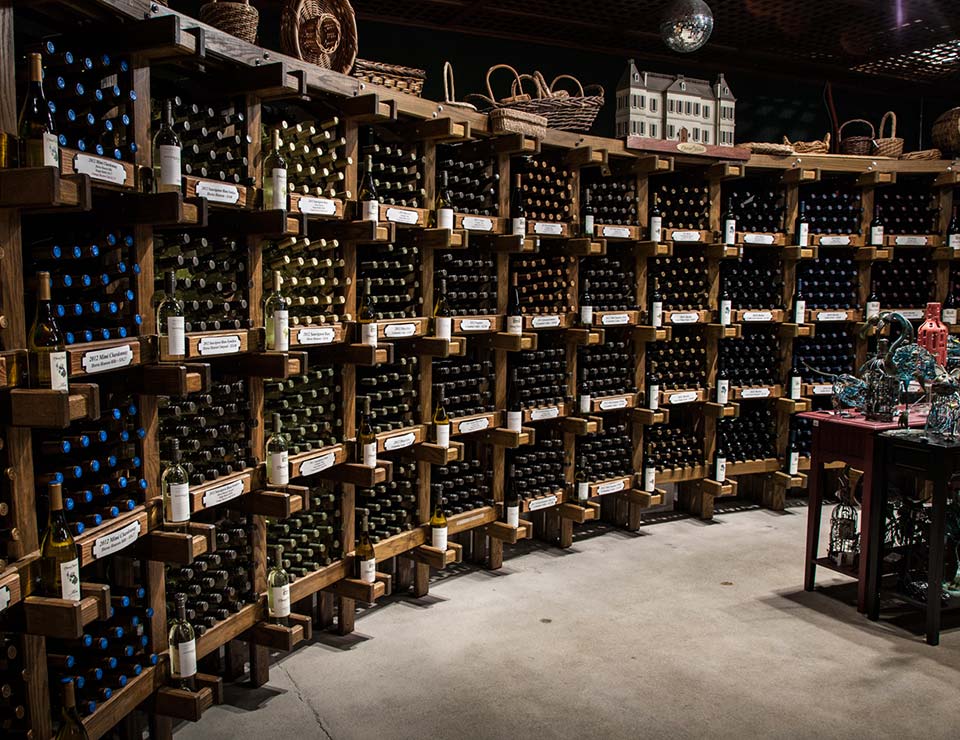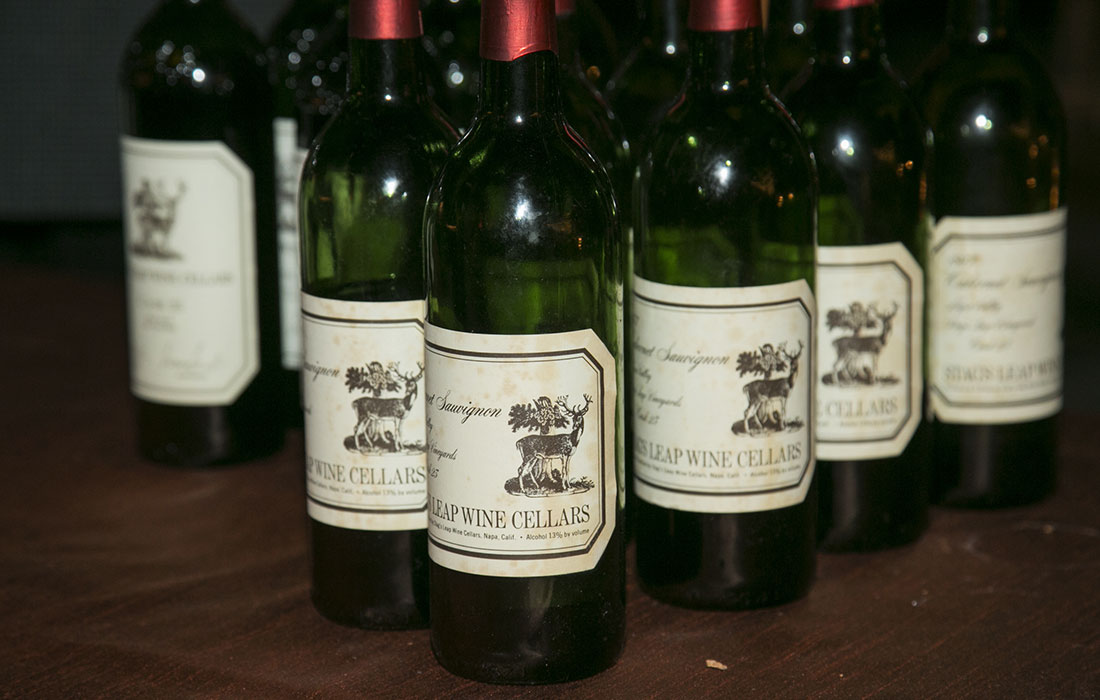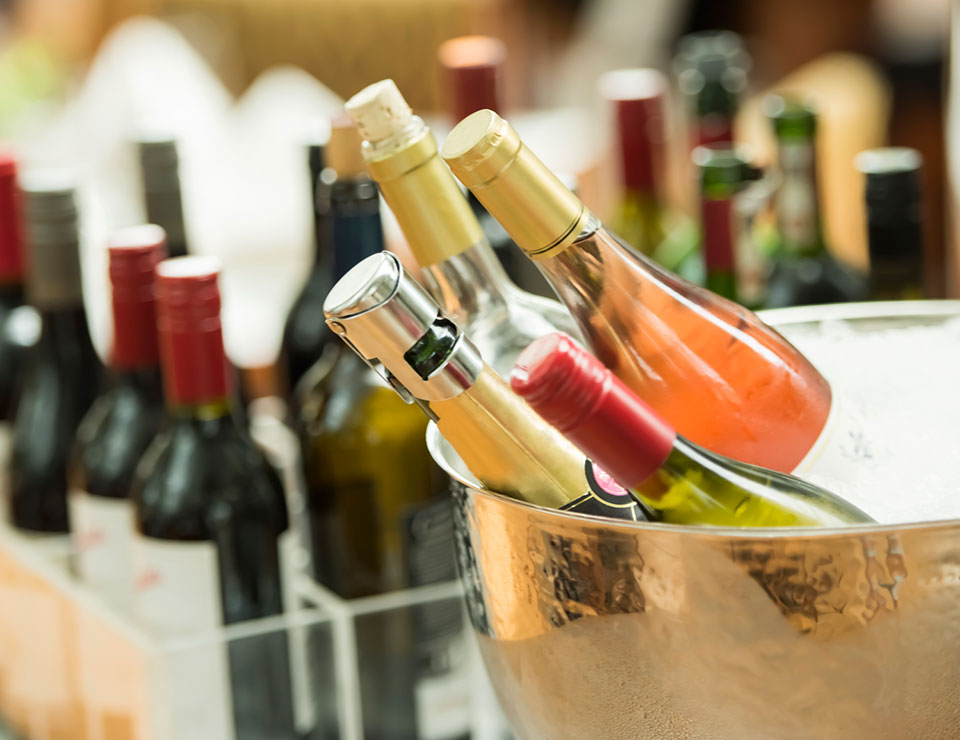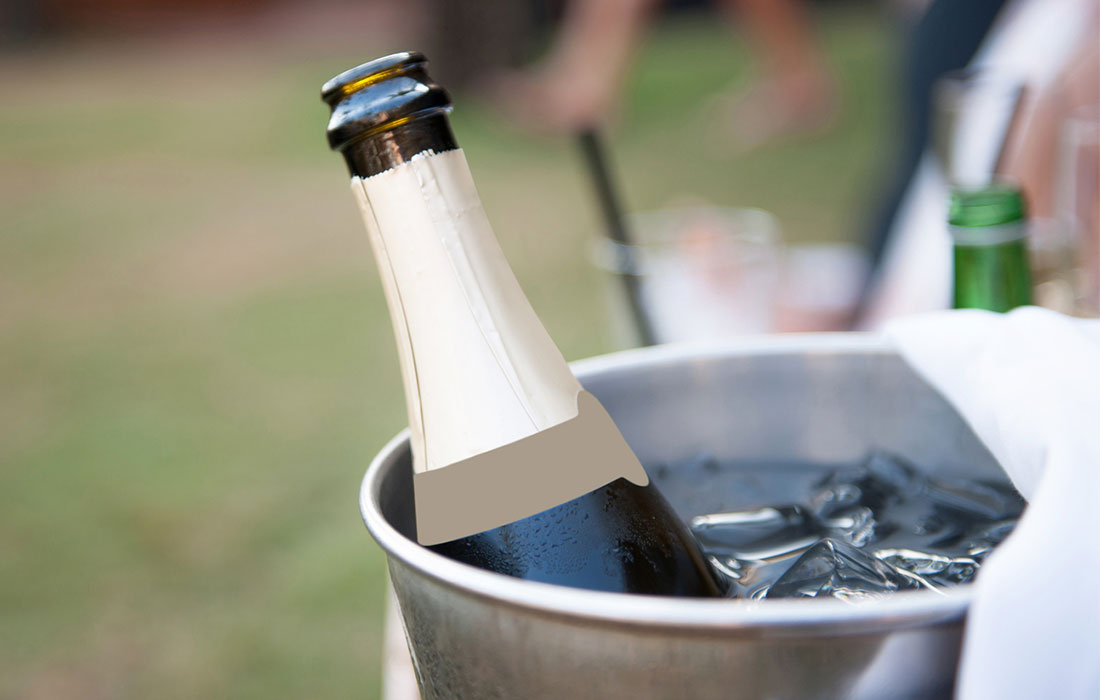Whether you’re aging bottles in a cellar for years, storing a few ready-to-drink bottles for a month or two, or planning to finish a bottle later in the week, proper storage is key.
"It's not 'room temperature' for reds — it's cellar temperature."— John Sarich

They say patience is a virtue. And with wine storage, they might be right. Many wines will only reach their full potential after multiple years spent in the bottle. Proper storage of wine will help ensure that your collection continues to grow in complexity and value into the coming years. Taking these four factors into account will help ensure the continued preservation of your collection:
When it comes to opened wines, following a few simple storage techniques can keep them tasting fresher longer:

How long does opened wine last? If properly stored, your open wines can last from 1 to 7 days, depending on the variety. Here’s a breakdown:

Temperature plays a huge part in how different varietals and styles of wine taste and smell. Issues of temperature affect red and white wines differently. Here are the ideal serving temperatures for each color:
A customer wants a cold bottle of wine — and fast? Put the bottle in a bucket, then fill with water and ice to make an "ice bath." Add a tablespoon of salt to lower the freezing point of the water and help it cool faster. Spin and invert the bottle every few minutes to help the wine cool evenly. In about 20 minutes you'll have ice-cold wine.

Did you know there were wine cellars under the Brooklyn Bridge? After the Brooklyn Bridge was completed in 1883, vaults located under the ramps leading up to its anchorages were rented out as cellars to private citizens. It helped to offset bridge construction costs. These subterranean chambers stayed a steady 60 degrees Fahrenheit, making them ideal for storing wine and spirits. Although closed to the public, a photographer once captured a fading Pol Roger Champagne house insignia on the back wall of the cellar — the last remnant of its colorful history.